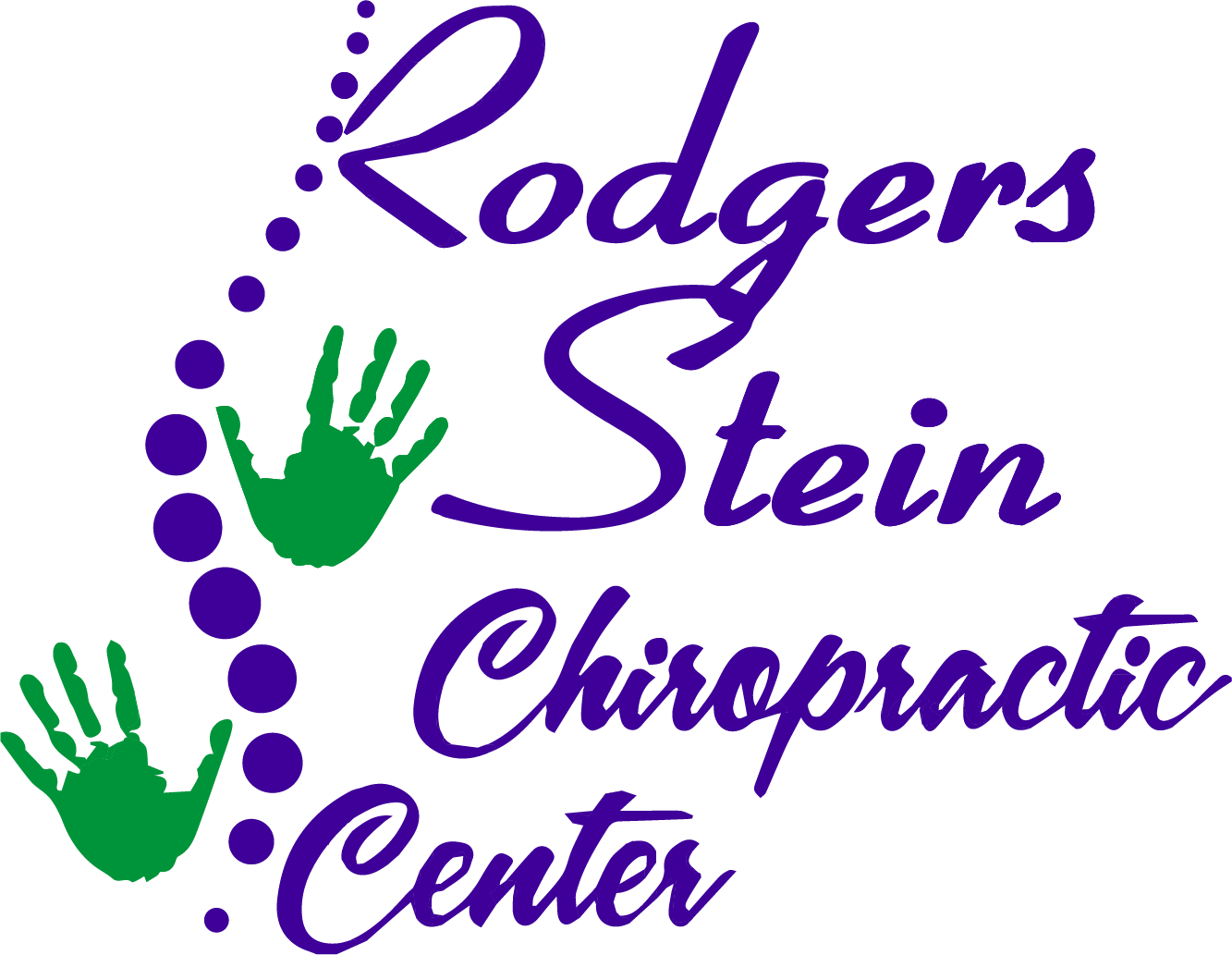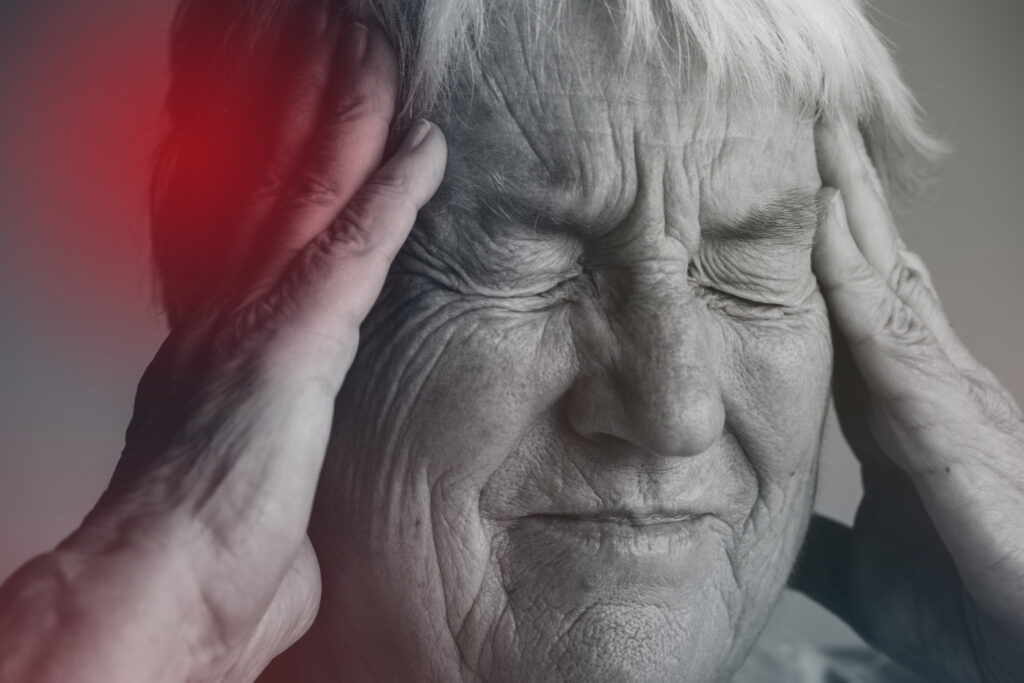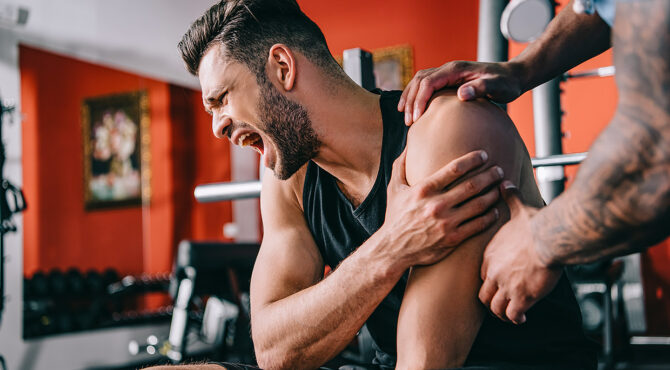Lower back pain can be a persistent issue that affects your daily life, but you don't have to accept it as a norm. With the right techniques, you can access relief and regain your comfort. From understanding the importance of proper posture to exploring effective stretching and strengthening exercises, there are various strategies you can implement. You might be surprised by how simple adjustments can lead to significant improvements. So, what are the specific methods that can help you alleviate this discomfort and enhance your overall well-being?
Understanding Lower Back Pain
Lower back pain affects nearly 80% of people at some point in their lives, making it a common issue that can disrupt daily activities. Understanding the causes and types of lower back pain is vital for finding effective relief.
You might experience acute pain, which comes on suddenly and usually lasts a short time, often due to injury or strain. Chronic pain, on the other hand, persists for three months or longer and can stem from various issues, including degenerative diseases or postural problems.
Muscle strains, ligament sprains, and herniated discs are some of the most common causes of lower back pain. You may also find that certain lifestyle factors, like being overweight, leading a sedentary lifestyle, or engaging in repetitive movements, can contribute to your discomfort.
Stress and anxiety can further exacerbate your pain, making it essential to address not just physical but also mental well-being.
Pay attention to your body's signals. If your pain feels sharp or radiates down your legs, it could indicate nerve involvement, which might require medical attention. Knowing the difference between these types of pain can help you determine the right course of action.
You'll want to explore various treatment options, from home remedies to professional therapies, to find what works best for you. By taking the time to understand your lower back pain, you can empower yourself to seek the most effective relief and improve your overall quality of life.
Importance of Proper Posture
Good posture plays an essential role in preventing and alleviating lower back pain. When you maintain proper alignment, you reduce strain on your spine and support the muscles that surround it. This can make a significant difference in your day-to-day comfort and overall health.
Here are some key points to keep in mind about the importance of good posture:
- Spinal Alignment: Keeping your spine in a neutral position helps distribute your body weight evenly. This reduces the pressure on any single part of your back, minimizing discomfort.
- Muscle Balance: Good posture guarantees that your muscles work harmoniously. When you slouch or lean, some muscles become overworked while others weaken, leading to imbalances that can exacerbate pain.
- Breathing Efficiency: Standing or sitting up straight opens your chest and allows for better lung expansion. Improved oxygen flow can enhance your energy levels and decrease fatigue, which often accompanies chronic pain.
- Injury Prevention: By maintaining proper posture, you're less likely to strain your back during daily activities. This proactive approach can help you avoid the onset of pain before it even starts.
To cultivate better posture, pay attention to your body's alignment throughout your daily activities.
Whether you're sitting at a desk, lifting objects, or even standing in line, being mindful of your posture can lead to lasting relief from lower back pain.
Make these adjustments a habit, and you'll likely notice a positive change in how you feel.
Effective Stretching Techniques
Incorporating effective stretching techniques into your routine can greatly relieve lower back pain. Stretching helps to improve flexibility, reduce muscle tension, and enhance blood flow to the affected areas. Here are some key stretches you should consider.
Start with the child's pose. Kneel on the floor, sit back on your heels, and reach your arms forward while lowering your torso. Hold this position for 20-30 seconds, feeling the stretch along your spine.
Next, try the cat-cow stretch. Get on your hands and knees, arch your back upwards like a cat, then lower your belly while lifting your head and tailbone. Repeat this for 30 seconds, synchronizing your breath with your movements.
Another beneficial stretch is the piriformis stretch. Lie on your back and cross your right ankle over your left knee. Gently pull your left thigh toward your chest, feeling the stretch in your right hip. Hold for 20-30 seconds, then switch sides.
Don't forget the hamstring stretch. While sitting, extend one leg out and reach for your toes, keeping your back straight. This will help alleviate pressure on your lower back.
Lastly, perform a standing forward bend. Stand with feet hip-width apart and bend forward at your hips, letting your arms dangle. This stretches your back and hamstrings.
Incorporate these stretches into your daily routine, and you'll likely notice significant improvements in your lower back discomfort. Remember to ease into each stretch and breathe deeply throughout.
Strengthening Exercises for Support
To effectively manage lower back pain, it's important not only to stretch but also to strengthen the muscles that support your spine. Strengthening these muscles can enhance stability, improve posture, and reduce the risk of injury.
Here are four effective exercises you can incorporate into your routine:
- Pelvic Tilts: Lie on your back with your knees bent. Tighten your abdominal muscles and flatten your lower back against the floor. Hold for a few seconds, then relax. Repeat this 10-15 times.
- Bridges: Lie on your back with your knees bent and feet flat on the floor. Lift your hips toward the ceiling, squeezing your glutes at the top. Hold for a few seconds before lowering back down. Aim for 10-15 repetitions.
- Bird-Dogs: Start on all fours with your hands under your shoulders and knees under your hips. Extend one arm forward and the opposite leg back, keeping your body stable. Hold for a few seconds, then switch sides. Complete 10-12 reps on each side.
- Wall Sits: Stand with your back against a wall and slide down until your knees are bent at a 90-degree angle. Hold this position for 20-30 seconds, working up to a minute as you build strength.
Incorporating these exercises into your weekly routine can help strengthen your core and lower back, providing you with the support you need to alleviate pain and enhance your overall back health.
Lifestyle Modifications for Relief
While strengthening your muscles is essential, making certain lifestyle modifications can further enhance your relief from lower back pain. One key change is to focus on your posture. Whether you're sitting at a desk or standing, guarantee your spine is aligned and your shoulders are relaxed. Using ergonomic furniture can help maintain good posture throughout the day.
Another important aspect is your sleeping habits. Investing in a supportive mattress and using appropriate pillows can greatly impact your spinal alignment during sleep. Try to sleep on your side with a pillow between your knees to reduce pressure on your back.
Stay active, but listen to your body. Incorporate gentle activities like walking or swimming into your routine, as they promote flexibility and strengthen your core without putting too much strain on your back. Avoid prolonged periods of inactivity, as this can lead to stiffness.
Be mindful of your body mechanics when lifting objects. Always bend at the knees, not at the waist, and keep the object close to your body. This technique can prevent unnecessary strain and injury.
Lastly, managing your weight can play a vital role in alleviating lower back pain. Excess weight puts additional pressure on your spine, so adopting a balanced diet and staying active can help you maintain a healthy weight.
Making these lifestyle modifications might take time, but the relief you'll experience is well worth the effort.
Heat and Cold Therapy
When it comes to managing lower back pain, heat and cold therapy can be your best friends.
Applying heat helps relax tight muscles and increase blood flow, while cold compresses can reduce inflammation and numb sharp pain.
Understanding how to use these techniques effectively can make a significant difference in your relief journey.
Benefits of Heat Application
Using heat therapy can greatly alleviate lower back pain by increasing blood flow and relaxing tense muscles. When you apply heat, you're not just soothing discomfort; you're also promoting healing.
Here are some key benefits of heat application:
- Enhanced Circulation: Heat increases blood flow to the affected area, delivering essential nutrients and oxygen that help speed up the healing process.
- Muscle Relaxation: The warmth from heat therapy helps relax tight muscles, reducing stiffness and discomfort in your lower back.
- Pain Reduction: Heat can block pain signals to the brain, giving you immediate relief from nagging aches and pains.
- Improved Flexibility: When your muscles are warm and relaxed, you'll find it easier to move and stretch, allowing you to regain mobility more effectively.
Incorporating heat therapy into your routine can be a simple yet effective strategy for managing lower back pain.
Whether you choose a heating pad, warm towel, or hot water bottle, just make sure to apply it for 15-20 minutes for ideal results. You deserve to feel relief!
Advantages of Cold Compress
After experiencing the soothing effects of heat therapy, it's worth exploring the advantages of cold compresses as another effective method for managing lower back pain. Cold therapy works by constricting blood vessels and reducing inflammation, which can help numb sharp pain and minimize discomfort.
When you apply a cold compress, you'll likely notice a significant decrease in swelling, especially after physical activity or injury.
Using a cold compress is simple and convenient. Just grab a bag of ice, frozen peas, or a cold pack, wrap it in a cloth, and apply it to your lower back for 15-20 minutes. This technique not only alleviates pain but also speeds up recovery time by reducing muscle spasms.
Cold therapy can also be beneficial right after an activity that exacerbates your pain. By applying a cold compress soon after, you can prevent further inflammation and help your body heal more effectively.
Remember to listen to your body; if you experience any discomfort or increased pain, remove the compress. Incorporating cold therapy into your routine can be a game-changer in your journey toward relief from lower back pain.
Mindfulness and Relaxation Methods
Though lower back pain can feel overwhelming, incorporating mindfulness and relaxation methods into your routine can considerably ease discomfort. These techniques help you become more aware of your body and manage stress, which can exacerbate pain.
Here are four effective methods you can try:
- Deep Breathing: Focus on your breath. Inhale deeply through your nose, allowing your abdomen to expand, then exhale slowly through your mouth. This simple practice calms your mind and relaxes your muscles.
- Progressive Muscle Relaxation: Systematically tense and then relax each muscle group in your body, starting from your toes and working up to your head. This technique helps you identify and release areas of tension that may be contributing to your back pain.
- Mindful Meditation: Set aside a few minutes each day to sit quietly and focus on your thoughts and feelings without judgment. This practice can help you develop a greater sense of control over your pain and stress levels.
- Gentle Yoga: Incorporate gentle stretches and poses that promote flexibility and strength in your back. Yoga not only improves physical condition but also helps center your mind, making it easier to cope with discomfort.
When to Seek Professional Help
Knowing when to seek professional help for lower back pain is vital for effective management. If your pain persists for more than a few weeks or worsens over time, it's time to consult a healthcare provider. Ignoring chronic discomfort can lead to further complications, and getting a professional opinion can help you understand the underlying causes.
You should also reach out if your pain is accompanied by other troubling symptoms, such as unexplained weight loss, fever, or significant weakness in your legs. These signs may indicate a more serious condition that requires immediate attention.
In addition, if you experience numbness or tingling in your legs or groin area, don't hesitate to get medical advice, as these symptoms could suggest nerve issues.
If your lower back pain stems from a recent injury, like a fall or accident, it's important to seek care. A professional can evaluate any potential damage and recommend an appropriate treatment plan.
Moreover, if over-the-counter pain relievers and self-care strategies aren't providing relief, it's a clear signal that you need help.
Finally, if your pain interferes with daily activities or prevents you from enjoying life, don't wait any longer. Seeking help is a proactive step towards recovery.
Conclusion
Incorporating these techniques into your daily routine can greatly ease lower back pain and enhance your overall well-being. By focusing on proper posture, engaging in targeted stretching and strengthening exercises, and practicing mindfulness, you'll empower yourself to manage discomfort effectively. Don't forget the benefits of heat and cold therapy, and make lifestyle modifications to support your recovery. Remember, if pain persists, seeking professional help is essential for tailored guidance and long-term relief.



